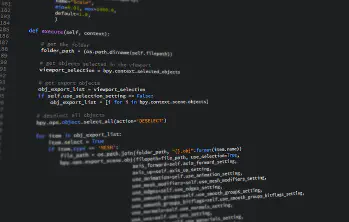FCA Market Watch 67: Market manipulation in the spotlight
The UK’s Financial Conduct Authority (FCA) has recently published the latest issue of Market Watch – its newsletter on market conduct and transaction reporting issues. This issue focuses on market manipulation and the controls that the regulator deploys to detect and prevent it.
As a direct communication from the regulator, these newsletters serve as a notice of intention when it comes to market management. They also highlight key areas of focus that firms and trading venues should approach carefully to ensure compliance with the law.
In this article, we unpack the contents of the
FCA’s Market Watch Issue 67and explain what the findings mean for trading venues and market participants.
The Law Explained: Article 16 of the Market Abuse Regulation
On 1 January, the UK Market Abuse Regime (MAR) onshored the EU’s Market Abuse Regulation (EU MAR).
This move effectively codified the EU framework into domestic law, and ensures that the UK markets and financial instruments can benefit from relative continuity post-Brexit.
Much of the FCA’s work to combat market manipulation is underpinned by Article 16 of MAR. This requires any person professionally arranging or executing transactions to establish and maintain effective systems and procedures to detect and report suspicious orders and transactions. This duty extends to firms providing investment services under MiFID.
In plain terms, the law requires firms and trading venues to monitor for and report suspicious transactions to the FCA. Article 16 of UK MAR prescribes that Suspicious Transaction and Order Reports (STORs) must be used for this purpose.
The FCA’s Approach to Market Manipulation
It’s the function of STORs and other reporting data that the FCA focuses on in Market Watch 67. As outlined below, there are a number of strategies that the regulator deploys to identify suspicious activity and mitigate against market manipulation.
1. Using Data to Identify Suspicious Activity
UK equity trading venues have been required to provide order book records to the FCA since 2017. According to the latest reports, approximately 150 million are filed per day. These are amalgamated to provide a single holistic picture of the market at any one time. This snapshot view makes it easier for FCA analysts to identity manipulative trading.
In
Market Watch issue 59, the FCA highlighted the negative impact of inaccurate reporting by firms and trading venues, explaining that it may limit their ability to effectively monitor for market abuse. Firms are reminded of the importance of ensuring that their systems use adequate client coding, and it’s worth noting that the FCA regularly investigates those who do not comply with reporting best practice.
2. Supervising Staff Conduct
The FCA’s work is supported by a set of surveillance algorithms that identify manipulative trading strategies. Examples of commonly detected schemes include spoofing, layering, ramping, reference price gaming, and a range of other prohibited behaviours.
These surveillance algorithms are used to monitor for patterns of behaviour that suggest impropriety on the part of a firm or individual trader. In one instance, a trader’s activity gave rise to concerns about ‘spoofing’.
This goes to show that the regulator is proactive when it comes to policing trading activity in the UK. In this case, the FCA commenced a more detailed enquiry and the firm introduced additional market abuse training alongside enhanced surveillance measures.



